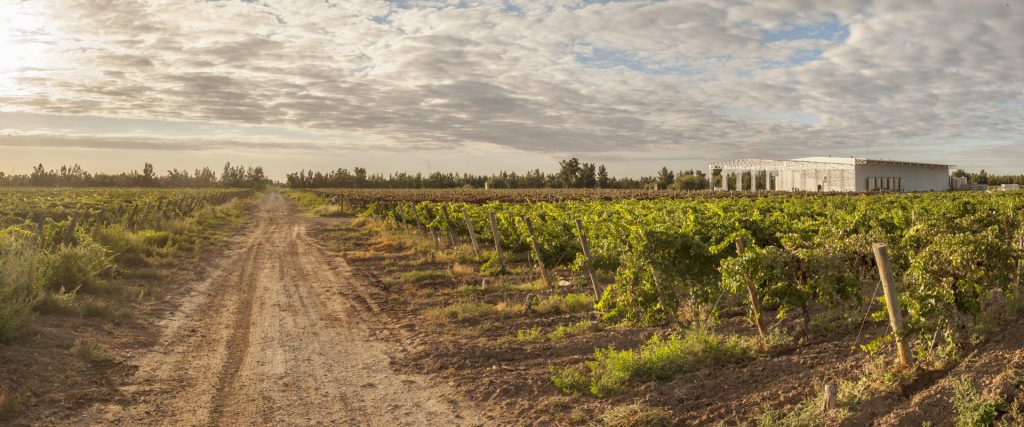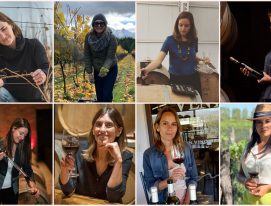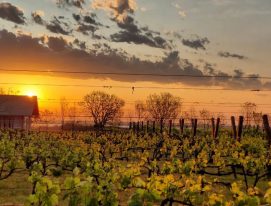Located in the Province of San Juan, where for some time wineries have been surprising consumers and critics with the quality of their vines and wines, Bodega Huanacache are pioneers. Founded in February 2002 under the name Bodega Don Doménico, they have seen a remarkable transformation in recent years into the region’s leading proponent of sustainable viticulture.
At the time, the winery had a production capacity of a million liters and about 100 hectares of traditionally farmed vineyards. However, their approach changed with new investors in October 2020. The new objective was to instigate a sharp change to existing practices and make the winery a sustainable project.
Since that date, the reformed winery has been energetically dedicated to change. In addition to producing their own wines in bulk and premium wines for third parties, their commitment to sustainability, nature and the environment has resulted in responsible agriculture and careful management of resources.
Bodega Huanacache: a special terroir
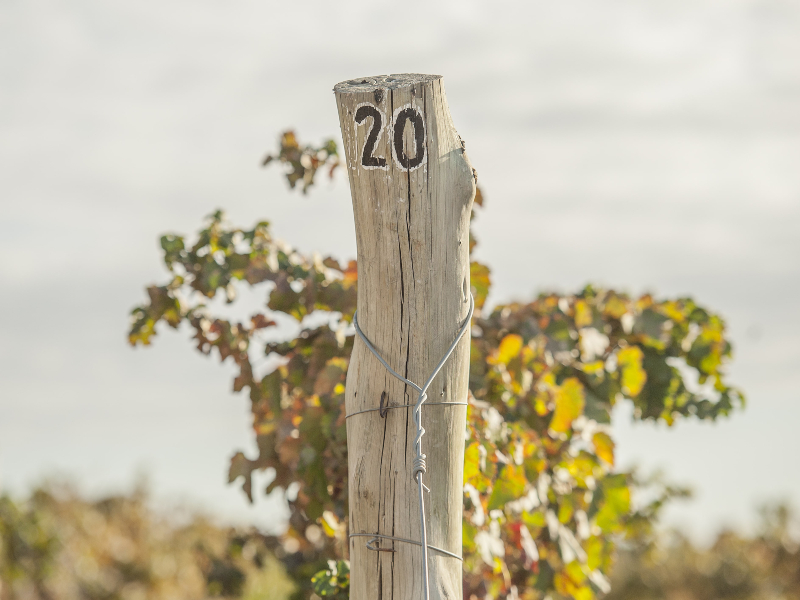
The unique terroir of Huanacache plays a fundamental role in the identity of the San Juan winery’s output. With its extreme desert climate and sandy-loam soils, the region is ideal for growing high-quality grapes. In addition, the proximity of the Pedernal Valley ensures an invaluable resource: a superb water supply.
Sergio Mora Viera, the head of Bodega Huanacache, shares the project’s guiding vision: “We try to alter the existing conditions as little as possible. We use our own energy, from our solar plant.” This commitment to sustainability is reflected in every aspect of the operation, from production to relations with the local community.
Bodega Huanacache’s solar plant is the largest in the region, showing that a commitment to clean, renewable energy is a good investment. Their long-term holistic vision seeks to balance operational efficiency with environmental responsibility.
“San Juan is rediscovering its real potential. I think that the new profile of San Juan viticulture is headed in that direction: not so much concentrating on quantity but rather quality, niche and micro-regions,” Mora Viera continues.
Bodega Huanacache and their high-end portfolio
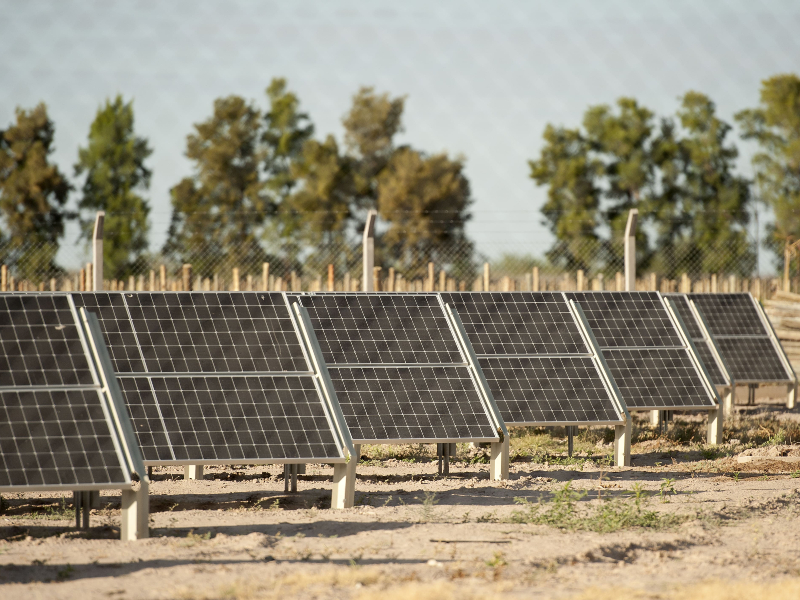
The overall commitment to excellence is also reflected in Bodega Huanacache’s portfolio of wines. Lines such as Tecta, Chis, and Cher pay homage to the Huarpe indigenous culture and also capture the essence of the local terroir in different ways. Their ability to develop high-end wines for third parties and under their own brand is proof of their technical expertise and cutting-edge vision.
“In recent years, the winery has grown: we’ve gone from the original million liters to three million. We implemented new technology to make it a truly modern winery. The goal is to combine sustainability, love of the environment, cultural values and the latest tools to make better wines. That is what the project is all about: the coming together of technology and modernity and, also, an appreciation of where we came from, where we are and those who will come after us, meaning that we need to leave everything in the best state possible for subsequent generations to enjoy.”
Viticulture in San Juan, Mora Viera says, used to be based around grapes from the Tulum Valley, which is where the majority of the grapes still come from. Then came the Ullúm, Zonda, Pedernal, Calingasta and La Ciénaga valleys. “They’re valleys that have different profiles, different personalities, they’re really attractive areas. Today, grapes from the Pedernal Valley are highly sought after. A lot of the big wineries in Argentina have vineyards or buy grapes from there,” he says proudly.
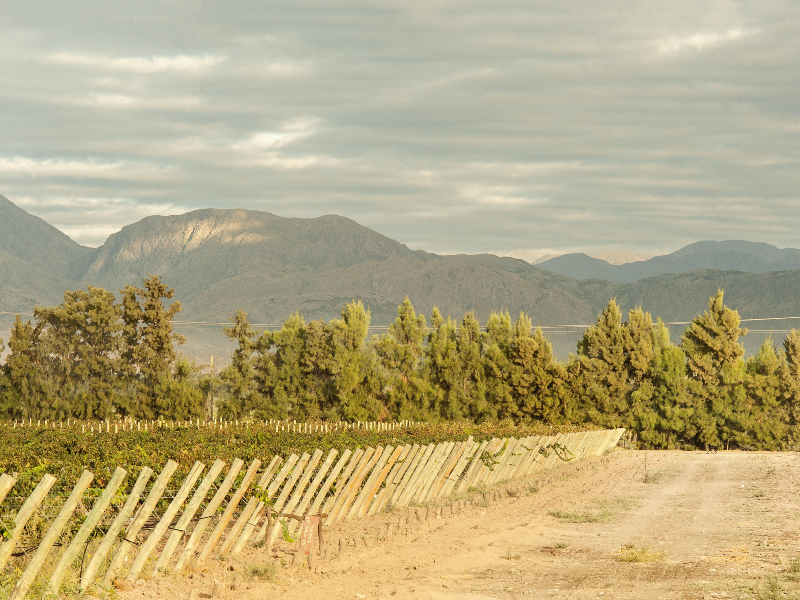
Calingasta, which is the next valley along from Uspallata, is another area whose remote location brings logistical challenges but that is producing grapes of great character. A lot of wineries in Mendoza ae investing in Calingasta, he notes. Zuccardi, for instance, are concentrating on high end criolla.
As regards future projects, Bodega Huanacache are focused on obtaining additional certification such as ISO 9000 and 22.000 and are exploring fair trade initiatives. However, for Sergio Mora Viera, true success will be a positive impact on the community and the environment: “You work with nature and have to wait for plants to grow and all the processes to settle down. You have to love the project, to be committed.” Respectful of local cultures and involved in the welfare of the people they work with every day, Bodega Huanacache are an example of substance, sustainability and quality at the heart of San Juan.
With a focus on the future but values rooted in local tradition, they continue to push the limits of what is possible in Argentine viticulture.

